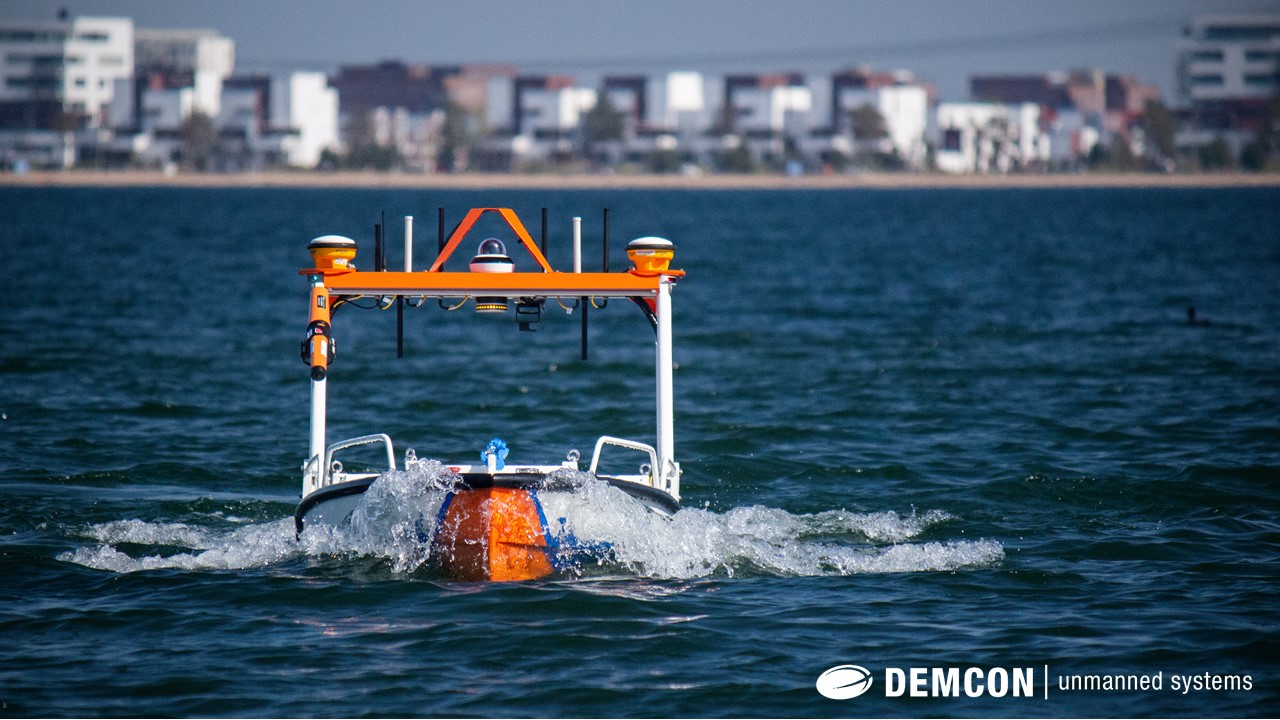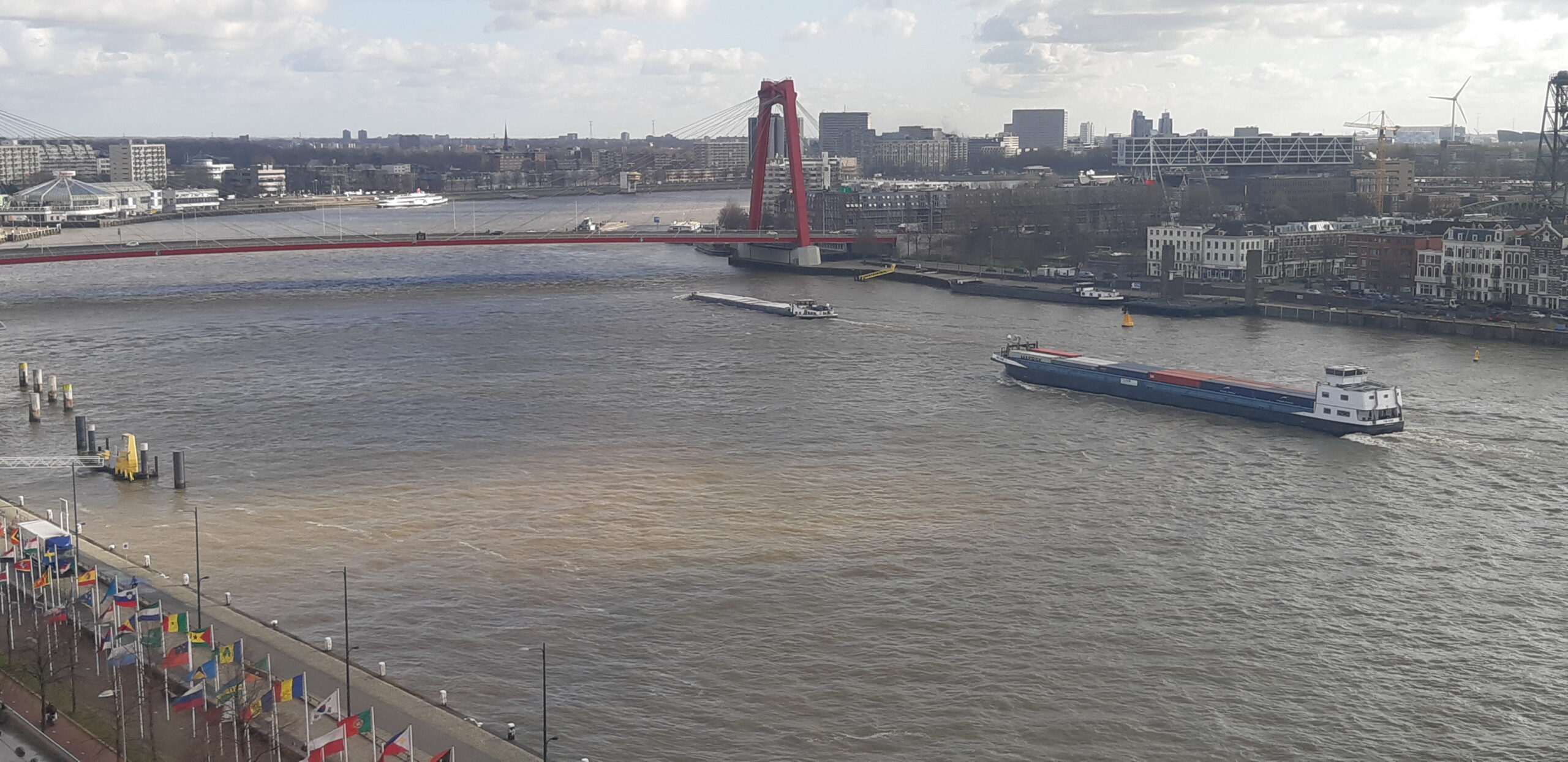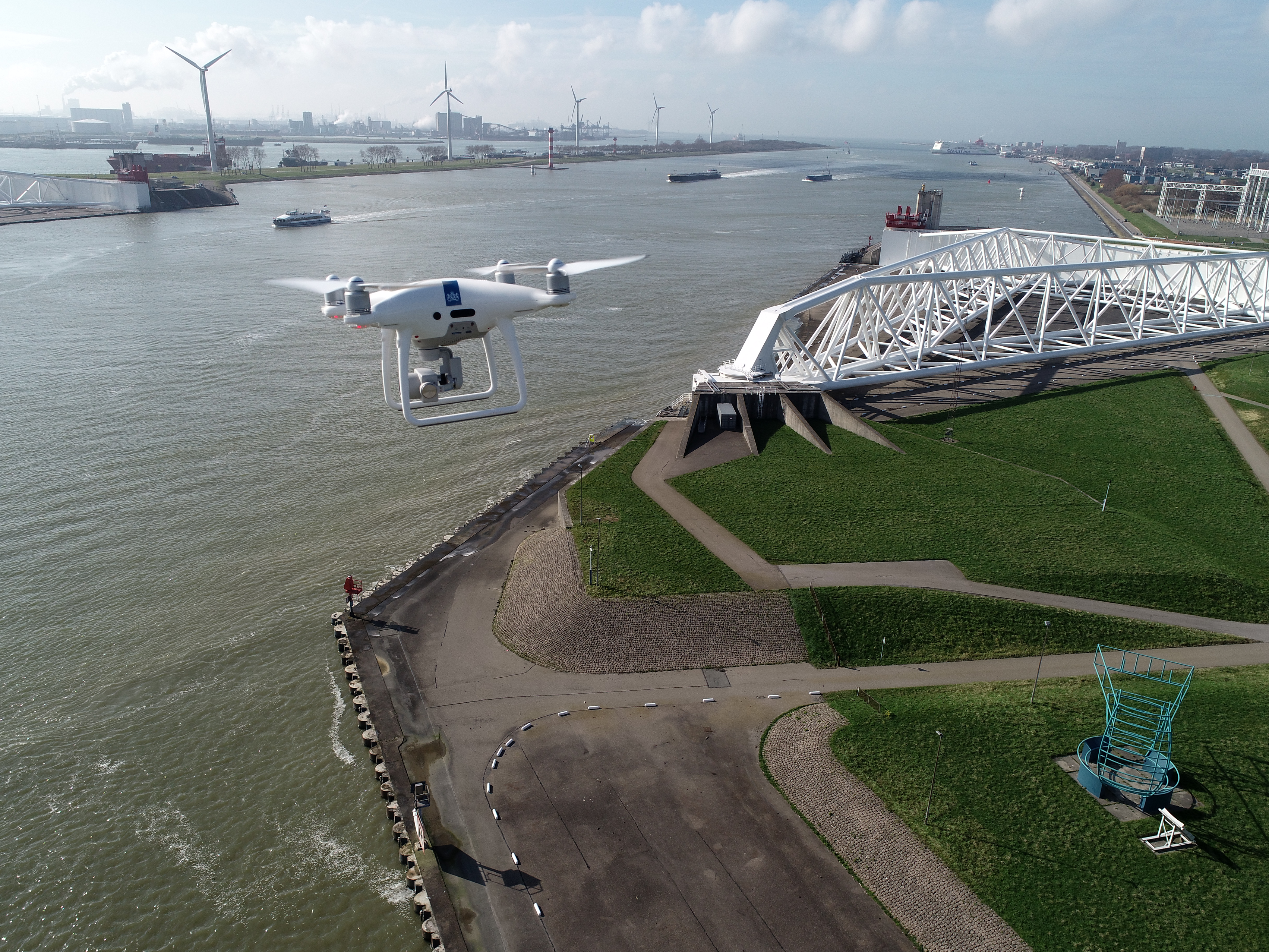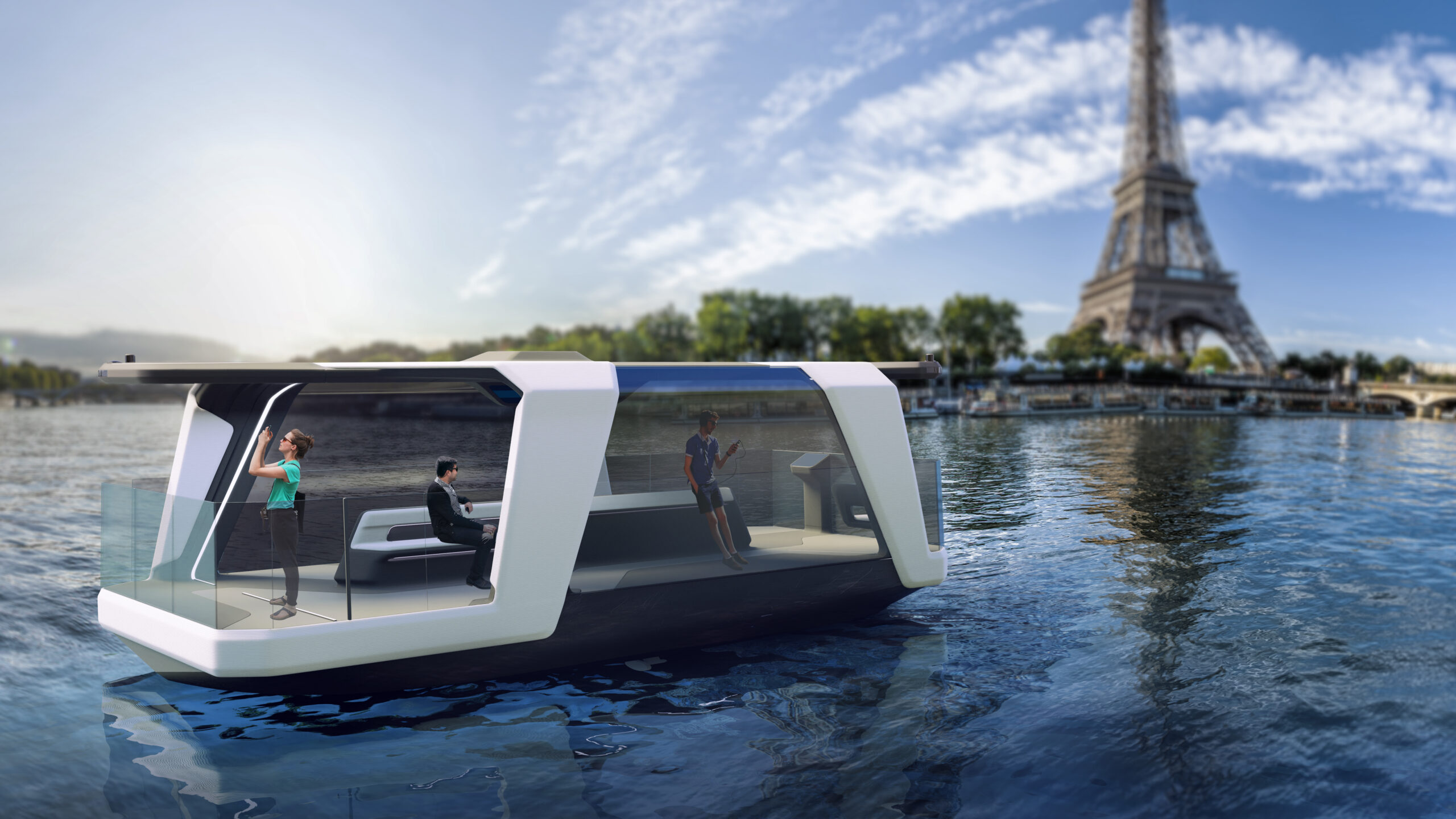SEAFAR: working together to bridge the gap
Research into international opportunities for remote inland shipping. That’s what SEAFAR is currently working on. Amber Waterschoot, who works at SEAFAR, updates us on the current situation.
“We are currently active in Belgium, the Netherlands, and Germany,” Amber explains. In each country, different laws and regulations apply. For SEAFAR, this means that each country is at a different stage of testing. Belgium is the most advanced. Amber says: “In Belgium, we’re in phase 3. This means that we can reduce the number of crew on board there.” The other countries haven’t reached that stage yet. “In the Netherlands and Germany, some ships are currently authorized to test our system. At certain times, a operator in the ABC takes control, but the full crew is still on board. So, we’re really testing the system in these countries. This also helps build trust—not only the trust of the crew onboard but also the trust of the authorities, allowing us to work together towards reduced manning.”
Amber is responsible for communication with the various authorities. “Even when we talk about ‘Belgium,’ it really refers to Flanders. At this moment in time, SEAFAR does not yet have a valid permit to sail with a reduced crew.”
What does “reduced crew” mean for SEAFAR? Amber explains with an example: “Normally, there are five people on board in B-mode (24 hours). We are authorized, for certain ships, to operate with three crew members. We also have four very small vessels, each 38 meters long, that sail on a fixed route in the Westhoek (Belgium). These ships are already sailing completely unmanned, which is quite exceptional.”
However, fully unmanned sailing is not necessarily SEAFAR’s goal. “We aim to reduce crew size aboard, not to eliminate jobs. Our goal is to address the shortage of personnel. In this way, we can support the inland shipping industry.”
There is an increasing trend in waterborne transport, but at the same time, a declining trend in the availability of labor. “With our technology, we can partially bridge that gap.”
At SEAFAR, they also see a significant role for platforms like SMASH! in bridging this gap. “Recently, SMASH! launched a working group focused on inland shipping, which we are part of. For us, it’s a platform to explore how we can achieve crew reduction in the Netherlands in the future. Currently, Dutch regulations do not yet allow for this. Through initiatives like this, we can work together and figure out how to take steps towards addressing this internationally and collectively.’’
For now, SEAFAR is primarily focused on testing and operations in inland shipping. “The majority of our fleet consists of inland vessels,” Amber says. “We are, however, expanding our technology towards short sea shipping.”
Would you like to learn more about SEAFAR and what they do? Visit https://seafar.eu/en.



